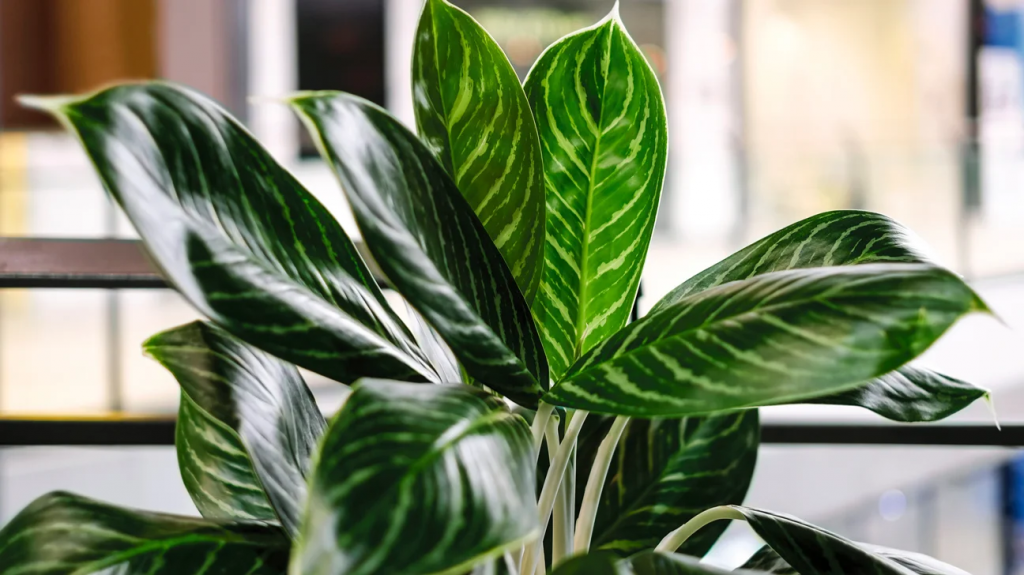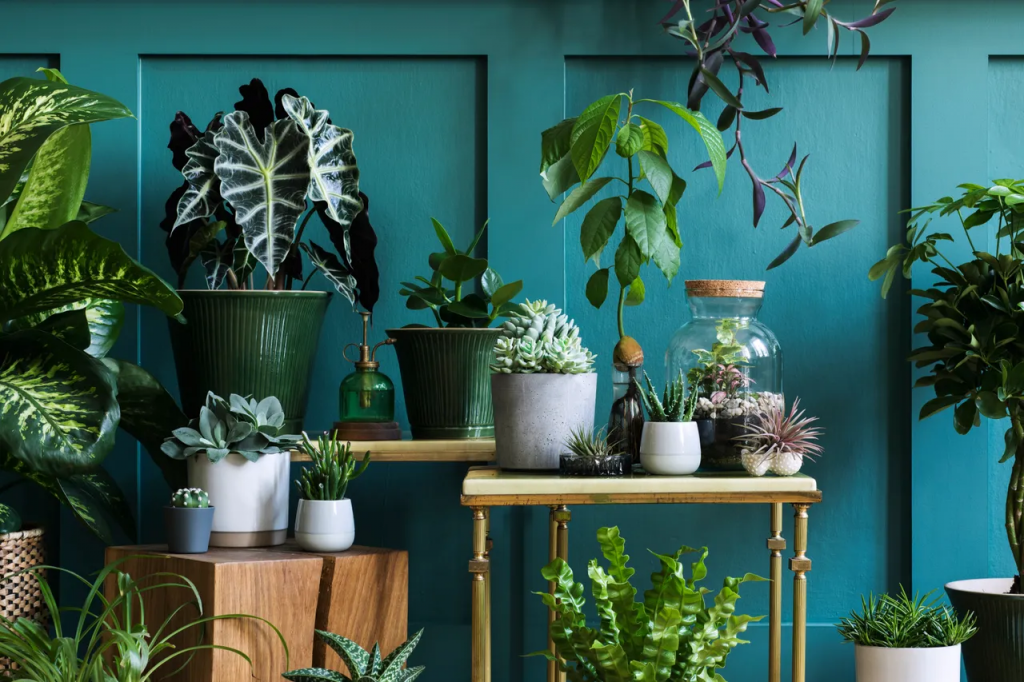Bringing the verdant lushness of greenery into our homes not only revitalizes our living spaces but also enhances our well-being. Hardy indoor plants are the unsung heroes for those who lack the proverbial green thumb or simply have limited time to care for more sensitive foliage. In this article, we explore the world of hardy indoor plants, perfect for busy or forgetful plant lovers. These plants are not just survivors; they are warriors of the indoor gardens, willing to withstand the occasional neglect without compromising their beauty. They are the ideal companions in any indoor space, be it a shady corner or a bright, well-lit room. Let’s delve into the enduring world of hardy houseplants that will thrive with minimal care.
Why Choose Hardy Indoor Plants?
Hardy indoor house plants offer a wealth of benefits to the home gardener. With their resilience and low-maintenance nature, these plants can survive even when other houseplants might falter. They’re very hardy, making them a great choice for those who might not have much time to devote to plant care. Such indoor plants can live happily in a variety of indoor spaces, often thriving under conditions that would kill indoor flowers or more finicky foliage. Thus, they’re an excellent option for those looking to enhance their homes or offices with greenery without requiring a green thumb or even consistent attention.

Factors to Consider When Selecting Hardy Indoor Plants
When you’re in the market for hardy indoor plants that will survive a range of conditions, consider a few key factors to ensure you’re getting the right plant for your space. The plant’s light requirements and its ability to adapt to the light available in your home is crucial; some hardy plants grow well in lower light, while others might need brighter lit conditions. Watering needs are also important; many hardy plants need very little watering, making them ideal for those who often forget to water their plants. Additionally, consider the temperature range the plant can withstand; hardy plants typically do well in a wide range of room temperatures, from the lowest temperatures likely to be found in homes to warmer, even tropical, environments.
The Ultimate List of Hardy Indoor Plants
Now, let us introduce you to some of the most resilient champions of the indoor garden. These plants have been selected for their ability to withstand less-than-ideal conditions and still flourish, making them some of the best houseplants for beginners and seasoned gardeners alike.
| Plant Name | Light Requirements | Watering Frequency | Temperature Tolerance |
|---|---|---|---|
| Snake Plant (Sansevieria) | Low to bright indirect | Water sparingly | 50-85°F (10-29°C) |
| ZZ Plant (Zamioculcas zamiifolia) | Low to moderate | Let soil dry between waterings | 60-75°F (15-24°C) |
| Cast Iron Plant (Aspidistra elatior) | Low light tolerant | Water moderately | 50-85°F (10-29°C) |
| Pothos (Epipremnum aureum) | Low to bright indirect | Let top inch of soil dry | 60-80°F (15-26°C) |
| Spider Plant (Chlorophytum comosum) | Bright, indirect light | Keep soil slightly moist | 65-75°F (18-24°C) |
The Indomitable Snake Plant (Sansevieria)
Snake plants, also known as mother-in-law’s tongue, are nearly indestructible. They tolerate very low light and can go for weeks without water, making them some of the most low-maintenance plants available. Notably, snake plants are also excellent air purifiers, removing toxins such as formaldehyde from indoor air. They prefer drier conditions and will thrive even in the darkest rooms, thanks to their succulent-like qualities that allow them to store water in their thick leaves.

The Resilient ZZ Plant (Zamioculcas zamiifolia)
The ZZ plant, with its waxy, green leaves, is a stunning addition to any space and is exceptionally easy to care for. It prefers lower light and only needs watering when the soil has dried out. ZZ plants can tolerate neglect better than most other houseplants, and their ability to adapt to a wide range of conditions makes them a firm favorite among indoor gardeners.
The Cast Iron Plant (Aspidistra elatior)
As its name suggests, the Cast Iron Plant is tough. It’s capable of withstanding much neglect, thriving in low light, and does not require frequent watering. While other plants might wilt under such conditions, the Cast Iron Plant will stand strong. It’s a great houseplant for those who might not be around to give constant care and for rooms with fewer windows or lower light.
Pothos Varieties (Epipremnum aureum)
Pothos plants are some of the most popular indoor houseplants thanks to their adaptability and attractive trailing vines. They’re available in a variety of leaf patterns and colors and can thrive in low-light conditions or bright, indirect light. Pothos are not just good-looking; they’re also functional, purifying the air and improving the quality of indoor environments. They’re extremely forgiving and only require watering when the top inch of soil is dry.
Spider Plant (Chlorophytum comosum)
Spider plants are beloved for their easygoing nature and charming appearance. They enjoy bright, indirect light but can also adapt to less lit conditions. Spider plants are especially good indoor plants for those interested in propagating, as they produce small baby plants that can be easily removed and potted on their own. They’re also known to be non-toxic, which is great for homes with pets.
How to Care for Your Hardy Indoor Plants
While hardy indoor plants may not require much attention, they still thrive best with proper care. Gently clean their leaves to allow them to breathe and absorb light more efficiently, and be sure to rotate them for even growth. Remember that overwatering is a common way to harm these resilient plants, so ensure that their soil has good drainage and only water when necessary. Also, if you notice that your plants have outgrown their pots, it can be beneficial to transplant them to larger pots with fresh potting soil to encourage new growth.

Conclusion
Hardy indoor plants are the perfect choice for anyone looking to freshen up their interiors without the requirement of having a natural affinity for plant care. They are forgiving companions that can handle some neglect, still emerging striking and vibrant. Choose from the resilient varieties we’ve explored to add a bit of nature to your indoor spaces, and you’ll find that these robust beauties not only make your home look more inviting but also improve your living environment with minimal effort on your part.
FAQs
Q1: Can hardy indoor plants survive in low-light conditions?
A1: Yes, plants like snake plants and ZZ plants are well-suited for low-light conditions and can enhance areas of your home that aren’t blessed with abundant sunlight.
Q2: How often should I water my hardy indoor plants?
A2: The frequency can vary, but a good rule of thumb is to wait until the soil feels dry to the touch before watering. Overwatering is often more detrimental than under-watering for these types of plants.
Q3: Do hardy indoor plants require special fertilizer?
A3: While not necessary, you can use a balanced, water-soluble fertilizer during the growing season to promote healthier growth, just be sure not to overdo it.
Q4: Are there hardy plants that are safe for pets?
A4: Absolutely! The spider plant is one example of a non-toxic, pet-friendly option. However, always verify the toxicity of a plant if you have pets.
Q5: How can I propagate hardy indoor plants?
A5: Many can be easily propagated by simple methods such as division, cuttings, or snipping off baby plants, like in the case of spider plants. This is a great way to expand your indoor garden or share with friends.
